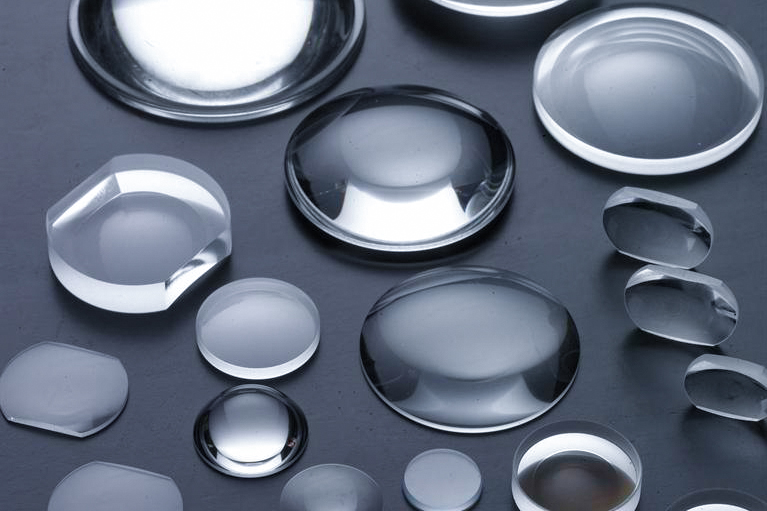The optical properties of glass refer to the properties of glass such as refraction, reflection, absorption, and transmission. Glass is often used as a light-transmitting material, so the study of its optical properties is of great significance both theoretically and practically.
Glass is a highly transparent substance. A series of important optical properties can be obtained through physical and chemical methods such as adjusting composition, coloring, light, heat treatment, photochemical reaction, and coating to meet the specific optical properties of various optical materials.
and physical and chemical performance requirements.
Glass can be defined as an amorphous solid. Amorphous solids are considered to have atoms arranged randomly, similar to the arrangement of molecules observed in gases.
Glass plays an important role in science and industry; it is part of our everyday lives.
The optical properties of glass determine how it interacts with light. Familiarity with some basic optical properties can help an engineer determine whether glass is an ideal material for an application at hand. In this article, we’ll review some of the optical properties of glass.
Main Optical Properties of Glass
1. Isotropic
The molecular arrangement of glass is random, and its molecules have statistical uniformity in space. In an ideal state, the physical and chemical properties of homogeneous glass (such as refractive index, hardness, elastic modulus, thermal expansion coefficient, thermal conductivity, electrical conductivity, etc.) are the same in all directions.
2. No fixed melting point
Because glass is a mixture and non-crystalline, it has no fixed melting and boiling point. The transformation of glass from solid to liquid is carried out in a certain temperature range (ie softening temperature range). It is different from crystalline substances and has no fixed melting point.
3. Metastability
The glassy substance contains higher internal energy than the crystalline substance, and its energy is between the molten state and the crystalline state, which belongs to the metastable state. From a mechanical point of view, glass is an unstable high-energy state. For example, there is a tendency to transform into a low-energy state, that is, there is a tendency to devitrify. Therefore, glass is a metastable solid material.
4. Gradient and reversible
The process of the glassy substance from the molten state to the solid state is gradual, and the change of its physical and chemical properties is also continuous and gradual. The glassy substance is completed in a wide temperature range from the molten state to the solid state. As the temperature gradually decreases, the viscosity of the glass melt gradually increases, and finally forms a solid glass, but no new phase is formed during the process.
